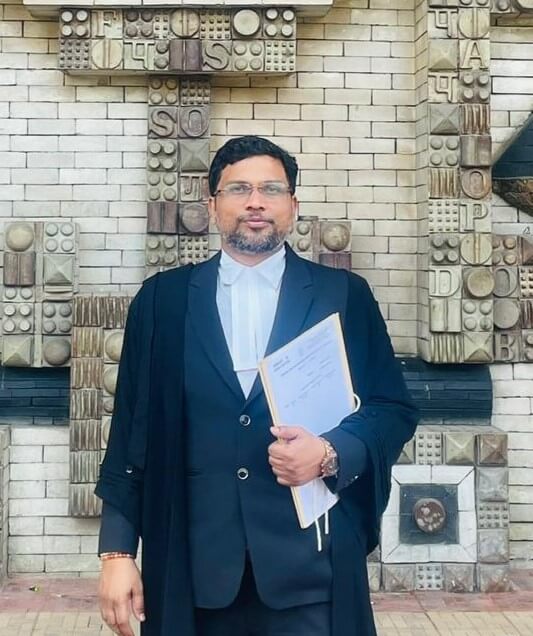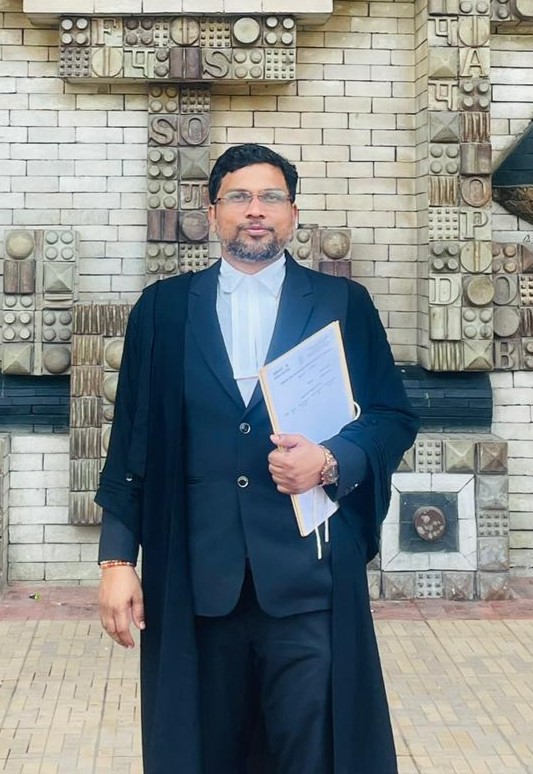M.P. High Court Judgment Divorce – Ground of Cruelty by wife Hindu Marriage Act – S.13(1)(i-a) – Divorce – Ground of Cruelty by wife -husband further pleaded in his petition that respondent-wife always threatened him to lodge criminal reports against him and his family members. According to petition, respondent-wife threatened appellant that she will commit […]
Best Divorce Cases Lawyer in Delhi
Divorce Cases Lawyer in Delhi. Divorce Types and Processes Divorce and Children Divorce and Finances Divorce and Emotional Well-being
Best Divorce Lawyer in Delhi
Divorce cases involve the dissolution of marriage, requiring careful consideration of emotional, financial, and legal aspects. Types of Divorce Cases: Divorce Case Procedure: Grounds for Divorce: Divorce Laws and Regulations: Divorce Case Judgment: Divorce Case Statistics: Divorce Case Support Services: Common Divorce Case Mistakes: Divorce Case Fees: Divorce Case Resources: By understanding divorce cases and […]
Best Property Dispute Lawyer in Delhi
Property cases involve disputes related to ownership, possession, and use of real estate. Here’s a comprehensive guide: Types of Property Cases: Property Case Procedure: Property Laws and Regulations: Property Case Judgment: Property Case Statistics: Property Case Support Services: Property Case Prevention: Common Property Case Mistakes: Property Case Resources: By understanding property cases and procedures, individuals […]
Family Matters Cases Lawyer in Delhi
Family matters cases involve disputes related to family relationships, marriage, and child custody. Here’s a comprehensive guide: Types of Family Matters Cases: Family Matters Procedure: Family Matters Laws: Family Court Procedure: Family Matters Documents: Family Matters Fees: Tips for Family Matters Cases: Common Family Matters Mistakes: Family Matters Resources: Family Matters Judgment: By understanding family […]
Best Family Matters Cases Lawyer in delhi
Family matters cases involve legal issues related to family relationships, such as divorce, child custody, and support. Here’s a comprehensive guide: Types of Family Matters Cases: Legal Process: Emotional Aspects: Tips for Navigating Family Matters Cases: By understanding the legal process and emotional aspects of family matters cases, individuals can better navigate these challenging situations.
POCSO Cases Bail Lawyer in Delhi
The Protection of Children from Sexual Offences (POCSO) Act, 2012, is a comprehensive law to protect children from sexual abuse. Here’s an overview of POCSO cases: Key Aspects of POCSO Cases: POCSO Case Procedure: Special Provisions: Challenges in POCSO Cases: Way Forward:
Family Matters Cases Lawyer in Delhi
Family matters cases involve legal issues related to family relationships, including divorce, child custody, and support. Here’s an overview: Types of Family Matters Cases: Family Matters Case Process: Issues in Family Matters Cases: Resolving Family Matters Cases: By understanding family matters cases, individuals can navigate complex legal issues and make informed decisions.
Best Bail Lawyer in Delhi
Anticipatory bail is a type of bail granted to an individual who anticipates arrest and seeks court intervention to secure release on bail. Here’s an overview of anticipatory bail: Key Aspects of Anticipatory Bail: Anticipatory Bail Process: Grounds for Granting Anticipatory Bail: Differences between Anticipatory Bail and Regular Bail: By understanding anticipatory bail, individuals can […]
Divorce Grounds in India under HMA
Grounds for Divorce under Hindu Marriage Act The following are the grounds for divorce in India mentioned under the Hindu Marriage Act, 1955. Adultery – The act of indulging in any kind of sexual relationship including intercourse outside marriage is termed as adultery. Adultery is counted as a criminal offence and substantial proofs are required […]




